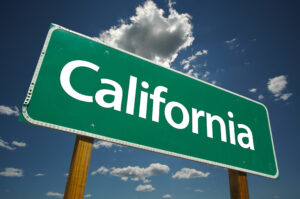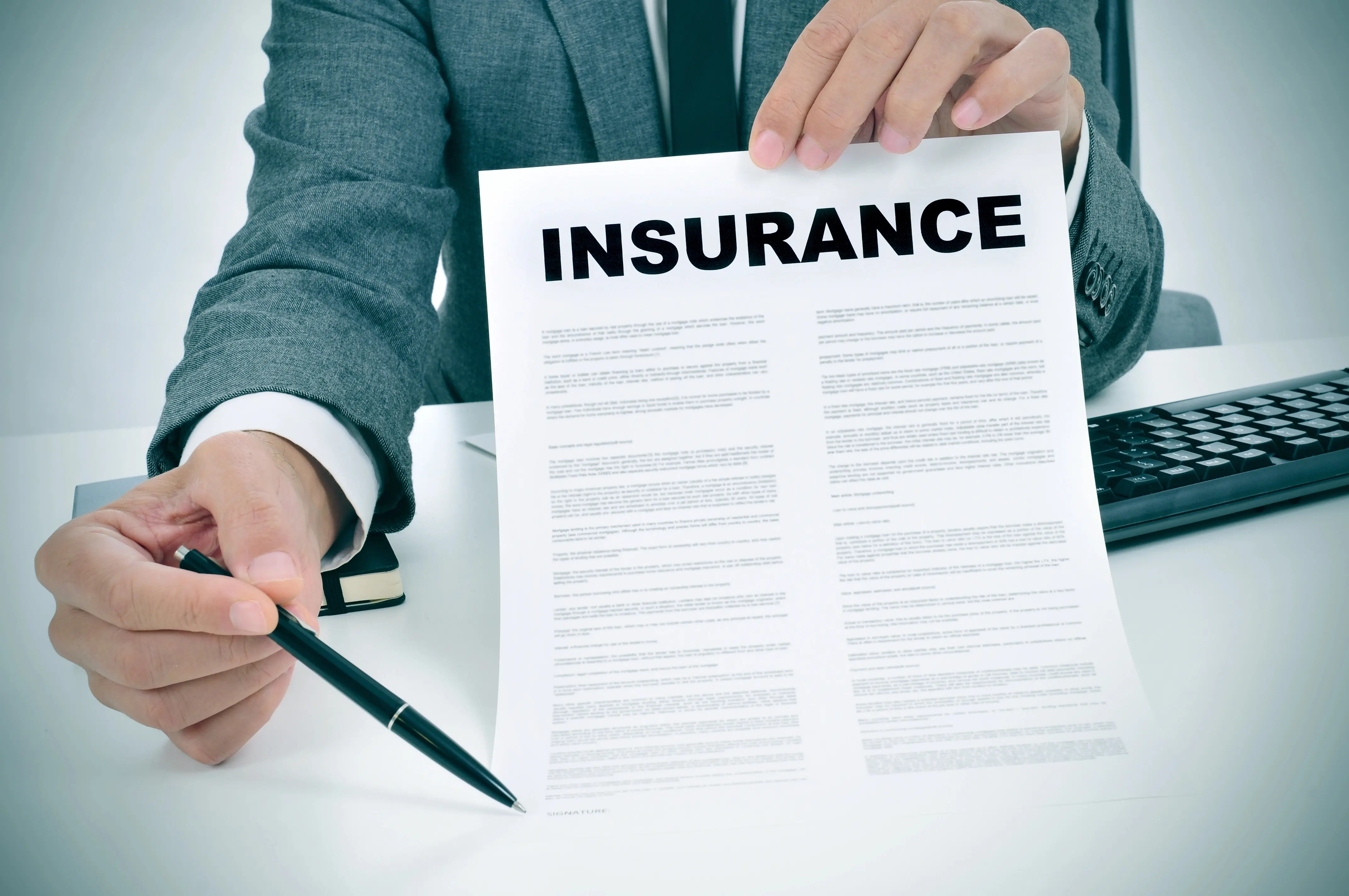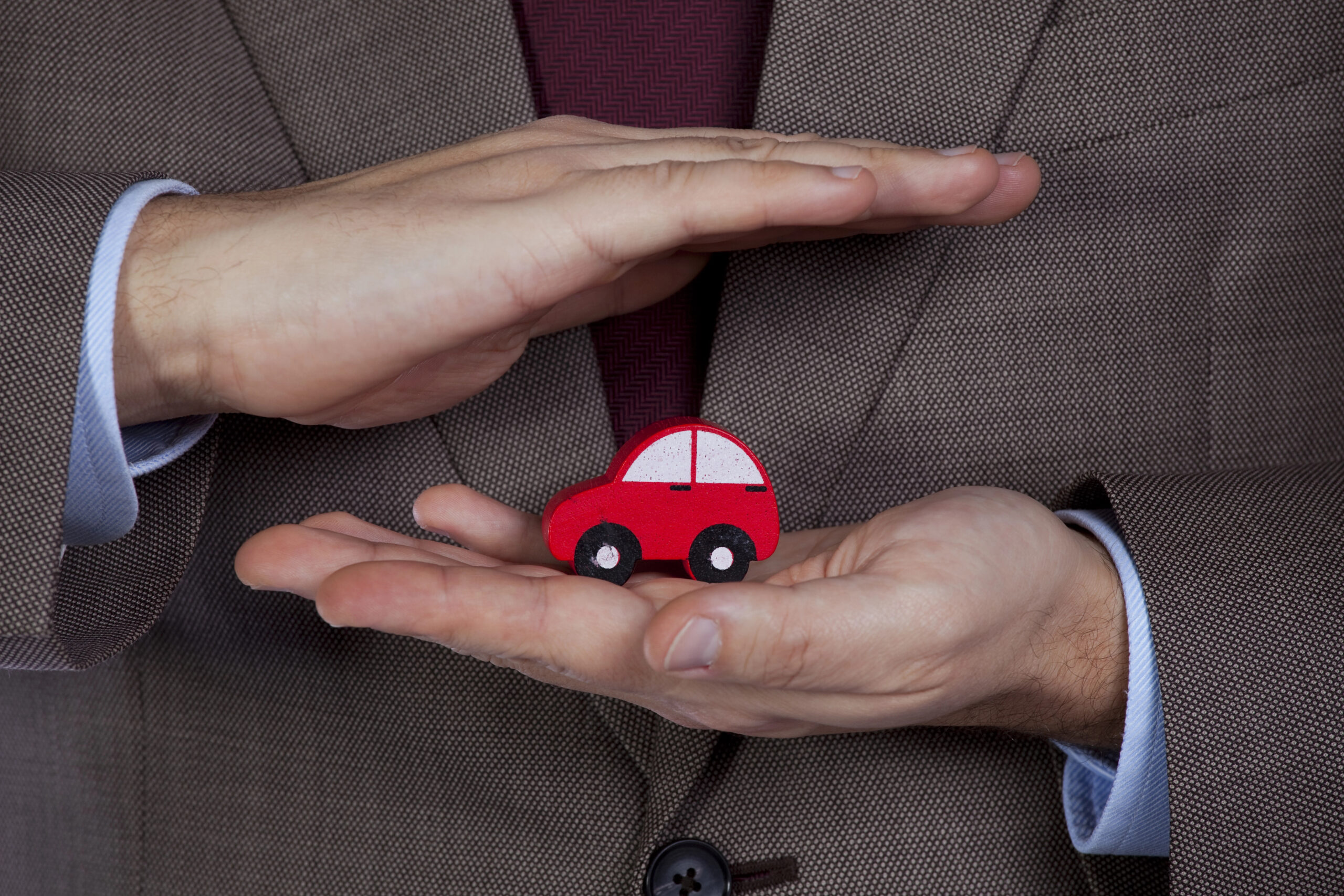Car Insurance in California
No matter if you need high quality or low cost car insurance, California has many options for various types of drivers.
Compare California rates with Jerry

California insurance coverage
Car insurance costs in California can often times be higher than average. This is due to a variety of factors including new/higher minimum requirements, high traffic volume, inflation and on-going weather related events. Be sure you’re shopping around and getting quotes from multiple insurance companies at coverage levels you need to ensure you’re getting a good deal. California law mandates drivers carry certain levels of minimum car insurance protection. Those include:
- $30,000 per person for bodily injury liability.
- $60,000 for bodily injury per accident for multiple persons injured.
- $15,000 for property damage liability per accident.
Car insurance by city in California April 2025
See all

Cheap Car Insurance in Los Angeles
Los Angeles drivers navigate notoriously congested highways, so robust car insurance is a must-have. It's wise to compare multiple quotes in search of the best rate.

Cheap Car Insurance in San Francisco
San Francisco's unique infrastructure and earthquake risks make reliable car insurance a must-have, but you don't need to break the bank to find solid coverage.

Cheap Car Insurance in Sacramento
The hazardous weather that can visit Sacramento residents is reason enough to find reliable car insurance, and you may not have to pay a high rate for solid coverage.

Cheap Car Insurance in San Diego
Accidents can happen even on the sunny streets of San Diego, making a robust car insurance policy a necessity for locals.

Cheap Car Insurance in San Jose, California
San Jose drivers are subject to hazardous conditions that may cause rates to be higher there than in other parts of the country, but they can still find affordable car insurance that meets their needs.

Cheap Car Insurance in Long Beach
Calling yourself a local in a beachfront city like Long Beach is a dream for some, but the lack of parking and frequent tourism can make driving there difficult. It's worth your time to compare car insurance quotes from multiple insurers to find a robust, yet affordable, policy.

Cheap Car Insurance in Fresno
Drivers in Fresno may as much for car insurance as Californians in more urban areas, but it's important to comparison shop to ensure you get the best rate.

Cheap Car Insurance in Bakersfield, CA
Bakersfield drivers may pay lower premiums than their neighbors in urban areas to the north and south, but it's still wise to cost compare between insurers to find the best rate.
Check out recent quotes Jerry customers have gotten for car insurance in California.
|
Date of Policy
|
Insurance Company
|
Monthly Quote
|
|---|---|---|
| April 20, 2025 | Progressive | $316 |
| April 20, 2025 | Aspire Advantage | $83 |
| April 19, 2025 | National General | $51 |
| April 19, 2025 | Bristol West | $244 |
| April 19, 2025 | Bristol West | $65 |
Last Updated Apr 21, 2025
Find affordable car insurance in minutes.
Learn more about driving in California

Megan Lee, Apr 22, 2025
California Car Insurance Minimums to Rise in 2025
Based on the new law, the minimum auto insurance coverages will now be $30,000/$60,000/$15,000 and cost to drivers will increase too.
Giselle Gomez, Nov 20, 2024
California Teen Driving Laws: What Teens and Parents Need to Know
To ensure safe driving practices, California teen driving laws include restrictions on instructional permits and provisional driver’s licenses for minors.
Jaya Anandjit, Nov 28, 2024
Everything You Need to Know About California Towing Laws
Avoid predatory tows and learn how to get your vehicle back promptly with this guide to California towing laws.
Car insurance companies in California

Annie Millerbernd, Jan 8, 2025
Nationwide Auto Insurance Review 2025
Nationwide car insurance review Jerry rates Nationwide car insurance 4.7 stars out of 5. This score is higher than many other insurers that Jerry rates and takes into account the insurer’s pricing, industry ratings, consumer ratings, financial strength and national complaint data. Nationwide provides somewhat flexible car insurance, but most of its coverage options and […]
Annie Millerbernd, Jan 8, 2025
Progressive Auto Insurance Review 2025
Jerry rates Progressive 4.6 stars out of 5. This score is higher than many other insurers that Jerry rates and takes into account the insurer’s pricing, industry ratings, customer ratings, financial strength and national complaint data. Progressive stands out for its many optional policy add-ons, including rideshare insurance, coverage for pets injured in an accident, […]
Annie Millerbernd, Jan 8, 2025
Allstate Auto Insurance Review 2025
Allstate auto insurance review Jerry rates Allstate car insurance 4.7 stars out of 5. This score is higher than many other insurers that Jerry rates and takes into account the insurer’s pricing, industry ratings, the company’s financial strength, customer ratings and national complaint data. You’re likely to find what you need with Allstate — the […]
Annie Millerbernd, Apr 17, 2025
Geico Auto Insurance Review 2025
Geico car insurance review Jerry rates Geico car insurance 5 stars out of 5. This score is the highest among insurers that Jerry rates and takes into account the insurer’s pricing, industry and consumer ratings, financial strength, and national complaint data. Geico stands out for ample rate discount opportunities, a superior financial strength rating and […]
State of California resources
